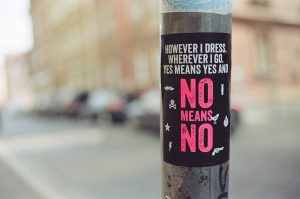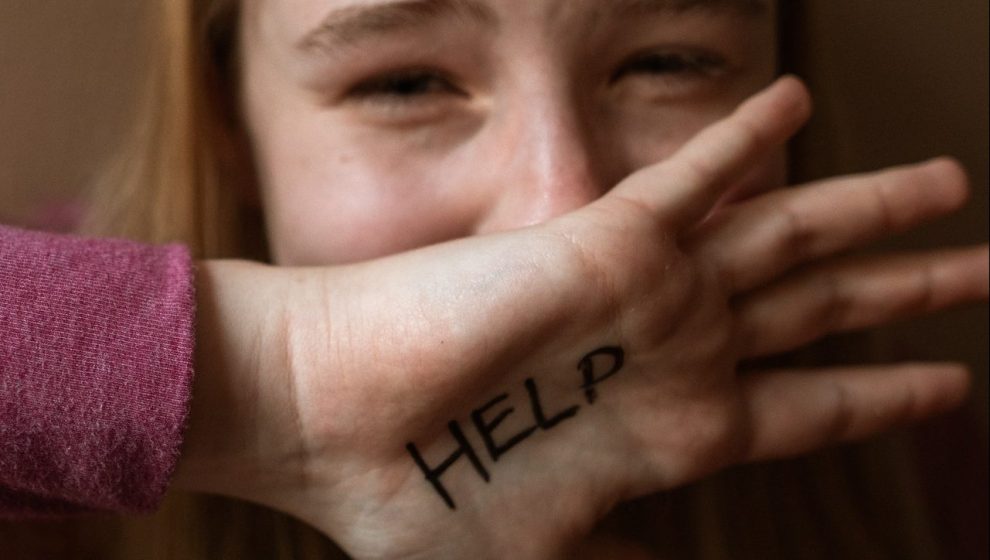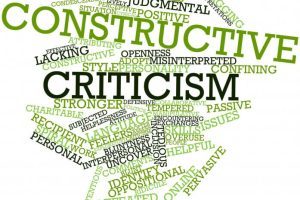Victim blaming is a form of feminist critique. It places the onus of responsibility for an assault onto a victim. It can also refer to the cultural idea that blaming victims of abuse and crime is wrong.
Usually, conservative positions on crimes like rape and domestic violence cite victim-blaming, as a method of justifying their positions. They claim they are not the result of societal imbalances but rather the actions of individuals. Victim blaming may have existed since ancient times. And it has occurred throughout history, across cultures in different countries, as well as in different religions.
Why do people do victim-blaming?

For one thing, we’re socialized to blame victims of crime. People are taught to feel responsible for others’ feelings and actions, and it’s hard to break this habit.
Easier to point a finger towards the victim

If we think a person is responsible for an assault, we may find it easier to believe that the person deserves the assault. Some people may believe that victims are to blame if they were attractive enough or dressed in the way they should be; some others may blame them because they were drinking.
Figures of speech can also be used to excuse sexual assault. Especially in slang or informal language: “You asked for it” or “Rape is a form of a sexual act”.
People who blame victims may also not know how to help. People may be afraid to face the issue of assault, and so less directly try to deal with it by blaming the victim.
Conservative attitude
Another reason people blame victims is that they hold conservative attitudes toward gender and sexuality, and feel that women should be submissive. People may believe that rape can occur only between strangers or people who are very different from each other, or if the victim had done something unusual such as wearing revealing clothing or being out late at night alone.
They are unwilling to accept the horrors of a patriarchal society. They blame the victims (mostly women) because it is an easier answer. Blaming women is easier than realizing the flaws of society and its teachings. So they seek the status quo even if it is wrong.
Just-World bias
“Just-world bias” is a type of thinking pattern in which people process data by automatically assuming that the world is just. It operates under the assumption that people and events are treated fairly.

This thought pattern makes humans believe that there is little or no corruption in society. And every event has a definite cause and effect. The “just-world bias” can be pervasive in law enforcement, national security, health care, and other areas of life where an official interpretation needs to occur. For example as part of the criminal justice system. The events may be recognized as unbiased. Because they reinforce the idea that all individuals are innocent until proven guilty with due process protections.
So in cases of sexual harassment, rape, and other forms of violence, the brain craves predictability. Due to this people often point their fingers towards the victim. They accept the comforting worldview that the victim did something bad. Rather than accepting that the world contains different forms of violence and injustice.
Also read: Rape Culture: Ways You Can Stand Against It









